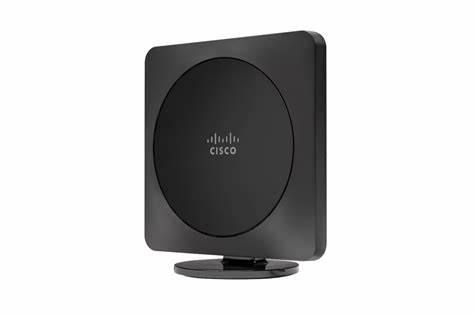Cisco DECT - DECT Phones FAQ
Only Authorized Users may submit DECT Request for Pilot/Site Survey, DECT VoIP Change, or DECT VoIP Remove requests.
If you need to become an authorized user, please see Gaining Access to Place Telecom Orders and to View Telephone Activity Reports
To request a new VoIP phone line/account, a change or move to an existing VoIP phone line/account, or the removal of a phone line/account in the Cisco VoIP system please use the following links to submit the request.
The following information and form links pertain to DECT VoIP service only.
Things to Consider:
- Unlike regular VoIP requests, a pilot and/or site survey must be done before any equipment is ordered. Please note other brands of DECT equipment are not supported and will not work in our environment. A Network Applications VoIP team member will reach out to you following a request for pilot/site survey form has been submitted within a couple of weeks to go over any questions and to collect more information on the wireless system you are requesting. The forms are listed in the "DECT Request Forms" section below.
- Please do not bookmark links to each individual form; link to this page instead. These links will change as we update forms.
- The forms are powered by Qualtrics. If there is a Qualtrics outage, the forms will not work. Please check the outage page. If there is an outage, you must wait to submit your ticket until the outage is resolved.
- Due to the nature of this service, an MOU will need to be signed by a member of the requesting party and a representative from the Network Applications VoIP team if this service is going into production. The VoIP team will forward you a copy of the MOU after discussing the pilot and/or site survey of the requested DECT network.
What are the 6800 Series DECT Phones?
The Cisco 6800 Series DECT phones are a product lineup that was designed as a indirect replacement for the Cisco 8821 Wireless phones. The device ecosystem comprises of a multi-directional antenna, commonly referred to as the "base station" and the cordless handsets which reside on individual charging docks. Pictures of these devices are shown below:

The way that these devices work is the base stations are wired to the campus LAN infrastructure which calls out to the campus VoIP system. Then, the handsets register to the base stations using the DECT wireless protocol and transfer call information wirelessly. The base station then relays call information to the VoIP system which then routes said call information accordingly.
An example topology can be seen below:

As the 8821 phones are now deemed "End of Life" the Network Application VoIP team is in the process of replacing these devices on a piloting basis, with the devices currently in production as our top priority.
A copy of more technical details, including a meeting discussing this system can be provided by submitting a formal "VoIP DECT Request for Pilot/Site Survey" form in the DECT Request Forms section below.
What is a Pilot? What is a Site Survey?
DECT Pilot:
A pilot network is requested when first considering these devices as a solution. This is useful if one is on the fence about implementing the DECT phones into production and would like to try out the phones with no costs attached to the phones.
There are a couple of guidelines regarding the pilot program:
- The pilot networks can last up to 4 weeks.
- The equipment is owned by DoIT, we have up to 10 base stations and 10 phones to lease out at one time.
- Pilot equipment may be restricted due to other departments requesting equipment at the same time. We will do our best to schedule pilots according to equipment need.
DECT Site Survey:
A site survey is conducted to get more information about the area the DECT network is planned to be implemented. Regardless if the requesting party is interested in a pilot network or a production network, a site survey must be conducted before any equipment is procured. This is to ensure the following:
- There is enough switchports in the area to provide network connections to the base stations.
- If there are any areas of significant signal interference or restricted access, and that there are ways to work around them if needed.
- That the switches in the network closet have an appropriate number of available switchports for the base stations to use.
- To provide an estimate on the amount of equipment that is necessary to order for the requested network.
DECT Help and Troubleshooting
If you are experiencing issues with your DECT phone network and would like help troubleshooting it:
- Please visit the following KB article for information on troubleshooting these devices: https://kb.wisc.edu/vs/page.php?id=133875
- Contact the DoIT helpdesk via one of the contact avenues below:
Contact information for the DoIT Helpdesk
Phone number - 6082644357
Email - help@doit.wisc.edu
Virtual Chat - https://kb.wisc.edu/page.php?id=6454
DECT Request Forms
- If you do not have a DECT network currently, but either wish to implement these devices on a trial basis, or would like to implement a full production solution after a pilot, use the "VoIP DECT Request for Pilot/Site Survey" form linked here.
- If you have a DECT network currently and would like to make changes to the existing network (including but not limited to: Caller ID changes, adding handsets, adding voicemail, adding coverage area) use the "DECT VoIP Change" form linked here.
- If you would like to remove a user from a handset, remove any DECT equipment, or decommission a handset or a base station, please use the "DECT VoIP Remove" form linked here.

